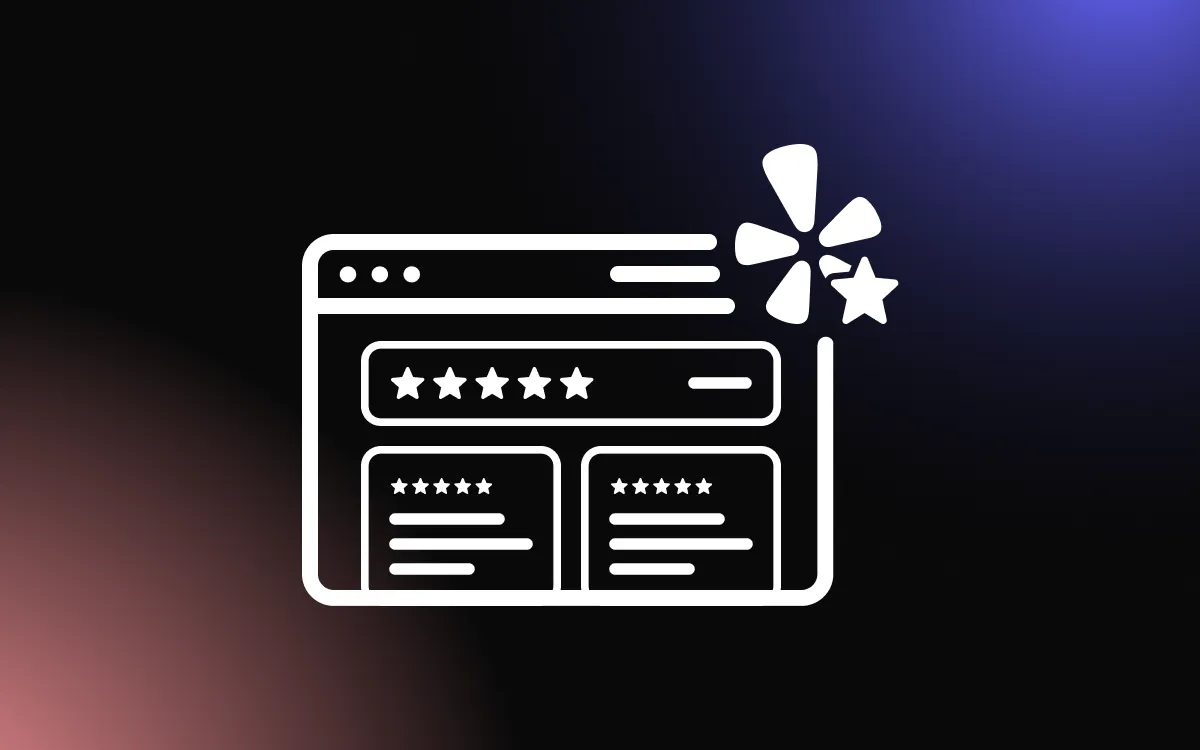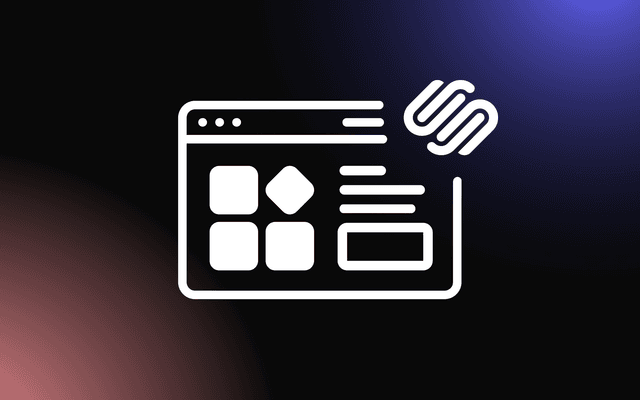
Digital flipbooks are becoming a popular element in modern web design, offering a dynamic way to present content such as portfolios, catalogs, and brochures.
Unlike static PDFs or traditional web pages, flipbooks provide an interactive experience where users can flip through pages as if they were handling a physical book. This not only enhances the user experience but also adds a professional and polished look to your website.
This article will explore the role of digital flipbooks in modern web design, focusing on how they can enrich your content presentation and engage visitors.
Introduction to Digital Flipbooks
Digital flipbooks are interactive online publications that simulate the experience of flipping through the pages of a traditional print book. They offer a dynamic and visually engaging way to present content such as magazines, catalogs, brochures, and presentations, combining the best elements of print with the convenience of digital media.
What Are Digital Flipbooks?
A digital flipbook replicates the appearance and functionality of a physical book or magazine but in a digital format. Users can virtually "flip" through pages, zoom in for a closer look, and often interact with multimedia elements such as videos, hyperlinks, or animations.
Flipbooks are usually created from PDF files and offer a more immersive reading experience than static PDFs or web pages.
Evolution from Print to Digital
The evolution from print to digital has transformed how businesses and creators share content. While traditional printed materials can be costly and limited in reach, digital flipbooks allow for broader distribution, real-time updates, and interactive elements that enhance the user experience.
This transition offers significant benefits, including reduced printing costs, faster sharing capabilities, and the ability to integrate media-rich content, making digital flipbooks a preferred choice for modern publishing.
Benefits of Integrating Flipbooks into Web Design
Integrating flipbooks into your web design can significantly improve how content is presented and consumed.
The dynamic, interactive nature of flipbooks enhances user engagement, improves visual appeal, and streamlines content delivery, making them a valuable addition to modern websites.
Enhancing User Engagement
Flipbooks offer an interactive experience that keeps users engaged longer than static content. The ability to flip through pages, zoom in on details, and engage with multimedia elements like videos, images, and hyperlinks creates a more immersive and enjoyable experience for users.
This interactivity encourages visitors to spend more time exploring your content, leading to a deeper connection with your brand.
Additionally, flipbooks can include clickable links, allowing users to easily navigate to related pages or make direct purchases, further increasing engagement and driving conversions.
Improving Visual Appeal
Flipbooks elevate the visual appeal of your website by offering a polished, professional way to present content. With sleek page-turning animations and customizable design features, flipbooks can transform simple PDFs into visually compelling publications. This enhances the user experience by making your content more engaging and accessible.
Whether you’re showcasing a product catalog, portfolio, or interactive magazine, flipbooks add a dynamic layer to your site’s design. They can also be tailored to match your brand’s aesthetics, ensuring a cohesive and appealing look across your entire website.
Streamlining Content Delivery
Flipbooks simplify content delivery by consolidating multiple pages of information into a single, organized, and easy-to-navigate format. Rather than requiring users to download large PDFs or scroll through long web pages, flipbooks present information in a structured and intuitive way.
This format is particularly useful for delivering extensive content, such as reports, brochures, or magazines, in a manner that is both user-friendly and efficient.
Additionally, flipbooks are accessible across various devices, ensuring a seamless experience whether viewed on desktops, tablets, or mobile devices.
How Flipbooks Complement Various Web Design Styles
Flipbooks are versatile tools that can seamlessly integrate into different web design styles, enhancing both functionality and aesthetics.
Whether your site follows a minimalist, interactive, or portfolio-based design, flipbooks can amplify the user experience and align with the overall look and feel of your website.
Minimalist Design
For websites that embrace a minimalist design, flipbooks provide an ideal way to deliver content without disrupting the clean, uncluttered aesthetic. The sleek and streamlined presentation of a flipbook complements minimalist design by organizing large amounts of information in a visually appealing yet unobtrusive way.
Instead of overwhelming users with lengthy pages of text, a flipbook allows visitors to engage with content at their own pace, maintaining the minimalist feel while offering depth.
Additionally, the simplicity of flipbooks allows them to blend seamlessly into minimalist layouts, keeping the focus on the content while maintaining a professional and modern look.
Interactive Websites
Interactive websites thrive on user engagement, and flipbooks are a perfect fit for this type of design. The interactive nature of flipbooks, with clickable links, embedded videos, and zoom functionality, adds another layer of engagement for users.
Flipbooks turn static content into an interactive experience, encouraging users to explore and interact with your material. This enhances the overall flow of interactive websites, where user actions drive navigation and exploration.
Integrating flipbooks on interactive sites allows for dynamic storytelling, product showcases, or educational materials, making the user experience more engaging and memorable.
Portfolio and Presentation Sites
Flipbooks are particularly effective for portfolio and presentation sites, where visual impact and organization are crucial. Artists, designers, photographers, and other creative professionals can use flipbooks to present their work in a captivating, easy-to-browse format.
Rather than relying on static image galleries, flipbooks allow users to flip through carefully curated projects, providing a sense of flow and cohesion. The immersive, page-turning experience mimics traditional portfolios while embracing the benefits of digital interaction.
For presentation-based websites, flipbooks provide a polished, interactive way to showcase reports, slide decks, and case studies, elevating the professionalism of the site.
Implementing Flipbooks on Your Website
Incorporating flipbooks into your website can enhance content presentation and user engagement. To implement them effectively, you need the right tools and platforms for creating flipbooks, as well as best practices for integration.
The Best Tool For Adding a PDF Flipbook to Your Website
If you're looking for the best way to embed a sleek and interactive PDF flipbook on your website, Common Ninja’s PDF Flipbook widget is the perfect solution. It allows you to easily upload PDFs and transform them into engaging, page-turning digital books that enhance user experience.
With customizable designs and mobile responsiveness, this widget integrates seamlessly into any website, making it the go-to tool for showcasing documents, catalogs, or presentations in a dynamic and visually appealing way.
Best Practices for Integration
When integrating flipbooks into your website, it’s essential to ensure they complement your site’s design and user experience. Place flipbooks on relevant pages, such as product pages, portfolios, or resource libraries, where visitors are likely to engage with detailed content.
Make sure that the flipbook loads quickly and smoothly to avoid frustrating users. Embedding the flipbook directly on the page or using lightboxes for pop-up displays can provide a seamless user experience without disrupting the flow of your site.
Additionally, optimize your flipbooks for SEO by including relevant keywords in the title, description, and alt text.
Future Trends in Digital Flipbooks
As digital flipbooks continue to evolve, technological advancements are driving new possibilities for how content can be presented and experienced.
These developments are shaping the future of digital flipbooks, making them more interactive, accessible, and immersive.
Technological Advancements
One of the key trends in digital flipbooks is the integration of advanced multimedia and interactive elements.
Augmented reality (AR) and virtual reality (VR) features are being explored to offer users a more immersive experience, blending digital flipbooks with interactive 3D visuals or enhanced storytelling.
Additionally, AI-powered personalization is making it easier to tailor flipbooks to individual user preferences, delivering customized content based on browsing habits and interests. Another notable advancement is the growing emphasis on accessibility, with better screen-reader support and enhanced mobile optimization to ensure that flipbooks can be viewed seamlessly on any device.
The increased use of analytics within flipbooks will also provide deeper insights into user behavior, helping businesses refine content strategies more effectively.
Conclusion
In conclusion, digital flipbooks play a significant role in enhancing modern web design by offering a unique and interactive way to present content. This article has highlighted the benefits of incorporating flipbooks, such as improved user engagement and a more polished visual presentation.
By integrating digital flipbooks into your website, you can provide visitors with an immersive experience that sets your content apart from standard formats. Whether used for portfolios, product catalogs, or presentations, flipbooks can elevate the way you showcase your materials online.


